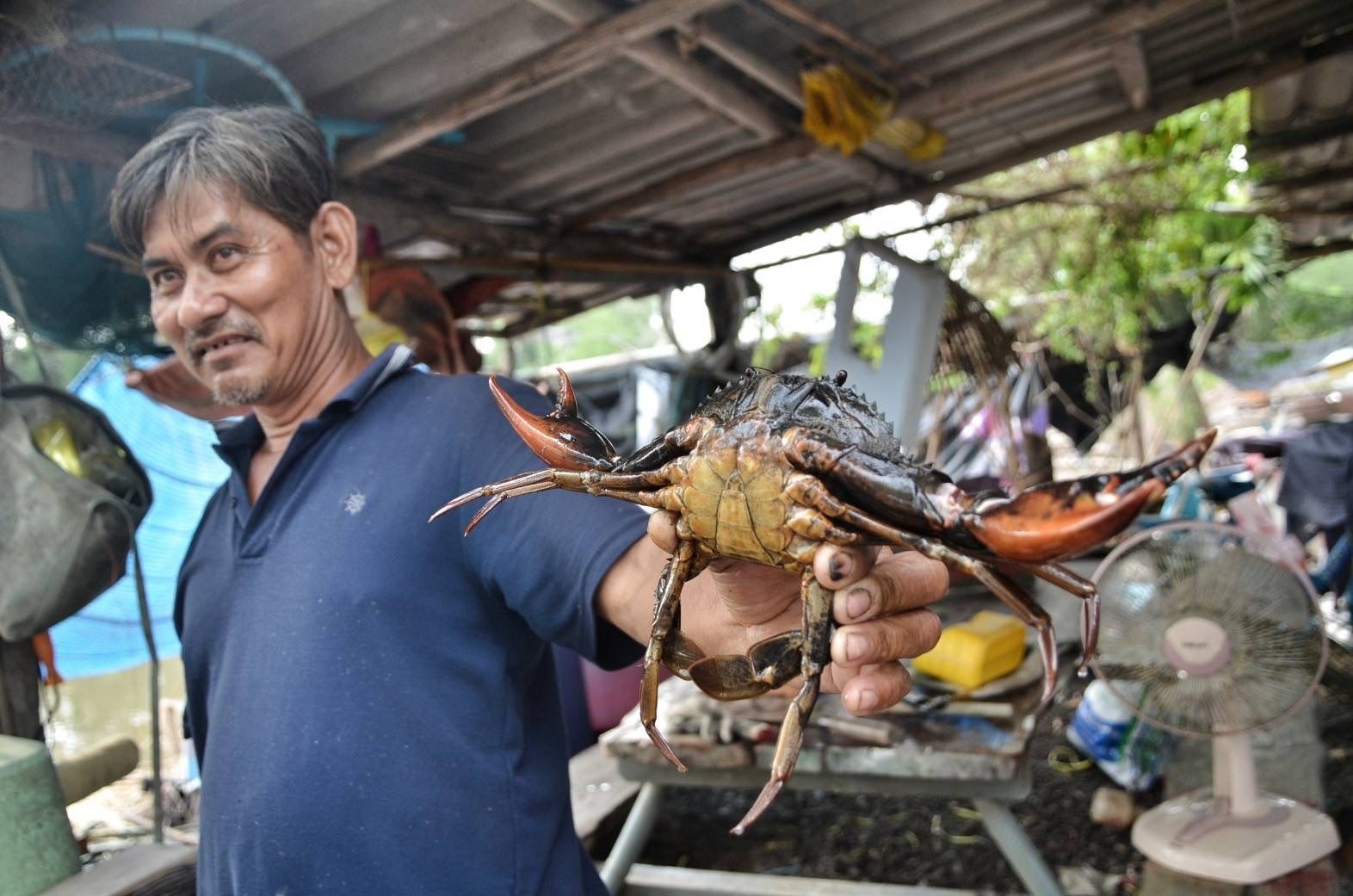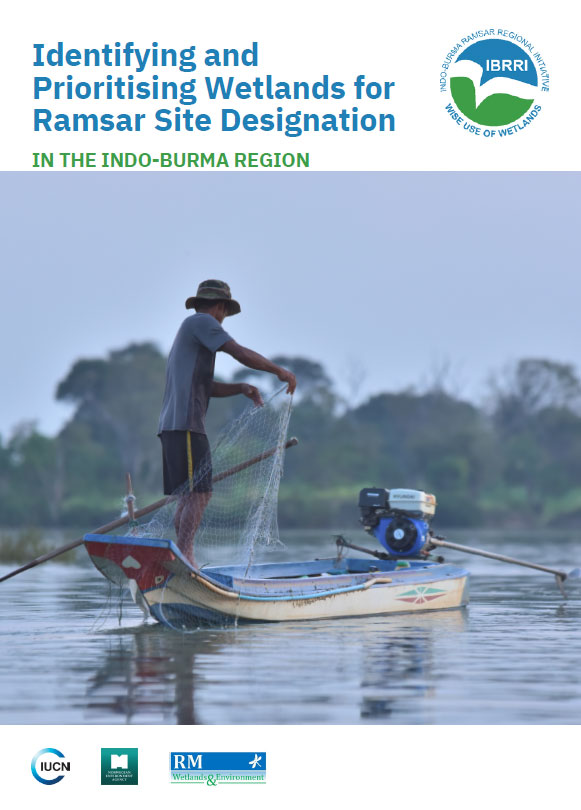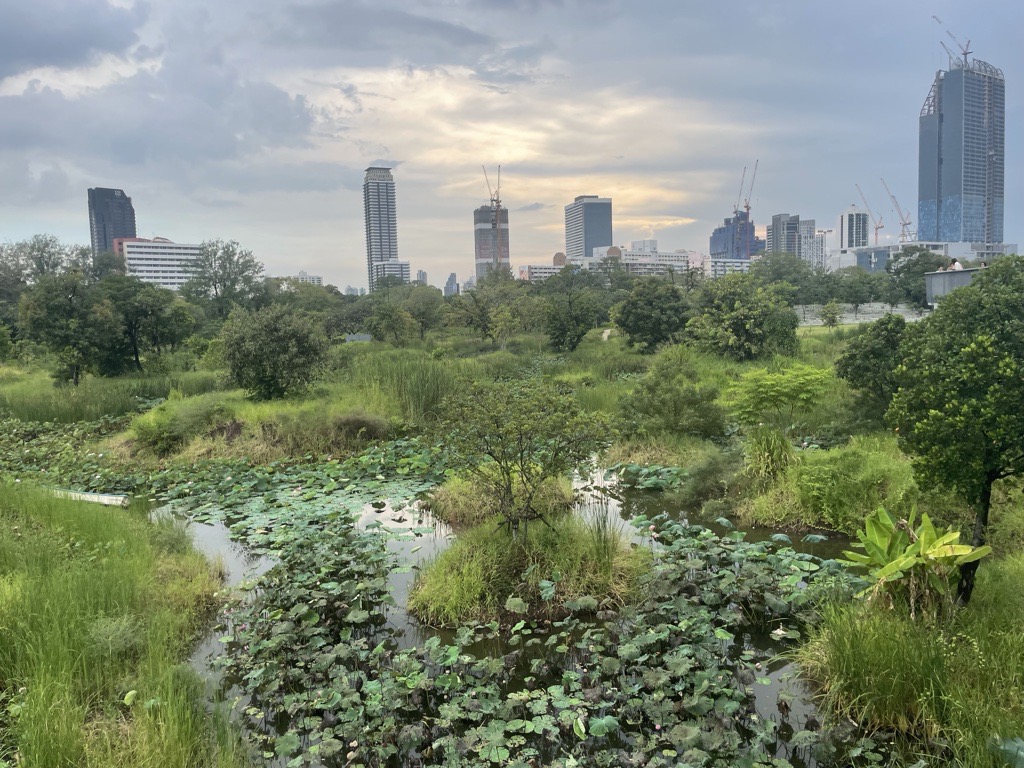Identifying and Prioritising Wetlands for Ramsar Site Designation in the Indo-Burma Region
The identification, designation and management of Wetlands of International Importance (“Ramsar Sites”) is a key commitment under the Ramsar Convention on Wetlands, to which all five Indo-Burma countries (Cambodia, Lao PDR, Myanmar, Thailand, and Viet Nam) are signatories (Contracting Parties).
This report on Identifying and Prioritising Wetlands for Ramsar Site Designation in the Indo-Burma Region provides a Strategy and Guiding Principles for Ramsar Site designation through a two-phase approach.

“If the wetland stays healthy, we can continue to look after ourselves.”
Mr Prasit Limsin, a local fisherman in southern Thailand, relies on his catch of the day to put food on the table for his two children. He's among nearly 250 million people in the Indo-Burma region who rely on wetlands for their food and livelihood.
Fisheries in the Mekong River Basin are a vital source of protein for over 60 million people – Cambodia’s Tonle Sap Lake provides 60% of Cambodia’s protein intake, making it the world’s largest inland fishery. Rice farming remains a key sector in the region with Thailand and Viet Nam the second and third largest exporters of rice in the world.
Healthy wetlands shelter communities by acting as sponges that retain water during the wet season. This water is then slowly released to the surface during dry season to sustain river flows. Cities, like Bangkok, also experience up to 5.67 degrees Celsius cooler weather with the help of urban wetlands that regulate air temperatures and reduce heat-related illnesses.
But the changing climate is spurring rainfall patterns that disrupt crop production and cause food insecurity for rice farmers and their families. Without the buffer of mangroves, seagrass beds and coral reefs, sea level rise is putting low-lying, coastal communities at greater risk to floods.
Though essential for human life, wetlands are being lost at triple the rate of forests globally, making it one of the world’s most threatened ecosystem. Land-use conversion, pollution and urbanisation combined are rapidly shrinking the space for these life-sustaining ecosystems to thrive. The loss of coastal wetlands in the Indo-Burma countries accounts for one-fifth of the total global loss of coastal wetlands, demonstrating the urgency to strengthen the conservation and restoration of these ecosystems.
In the Indo-Burma region, there are now 37 Ramsar Sites - wetlands identified to be of international importance to help support conservation needs and promote the sustainable use of its resources - but many potential sites remain unmarked.
“With the launch of this guideline on Identifying and Prioritising Wetlands for Ramsar Site Designation in the Indo-Burma Region, on World Wetlands Day 2024, the Indo-Burma Ramsar Regional Initiative (IBBRI) aims to support Ramsar National Focal Points in identifying and conserving wetlands of international importance, for both human health and biodiversity throughout the region,” said Kathryn Bimson, Programme Officer, Water and Wetlands, at the IUCN Asia Regional Office, and who also supports the IBRRI Secretariat.
Wetlands and people need each other. It’s time to protect them for the future of the planet and humanity.
Find out more about IBBRI here.
---
About IBRRI
The Indo-Burma Ramsar Regional Initiative (IBRRI) was launched in June 2016, under the leadership of the governments of Cambodia, Lao PDR, Myanmar, Thailand, and Viet Nam, who are contracting parties of Ramsar. IUCN Asia acts as the secretariat for the initiative. Ramsar Regional Initiatives (RRIs) under the Ramsar Convention are intended as operational means to provide effective support for improved implementation of the objectives of the Convention and its Strategic Plan in specific geographical regions, through international cooperation on wetland-related issues of common concern. Regional Initiatives provide an enabling environment for the involvement of all stakeholders at all levels, including the ministries responsible for the environment and water issues, intergovernmental bodies, Ramsar International Organisation Partners (IOPs), other NGOs, academia, local communities, and economic actors. They provide a platform for governments, technical experts, international NGOs, local communities and private companies to collaborate on the governance and administration of the Ramsar Convention.


